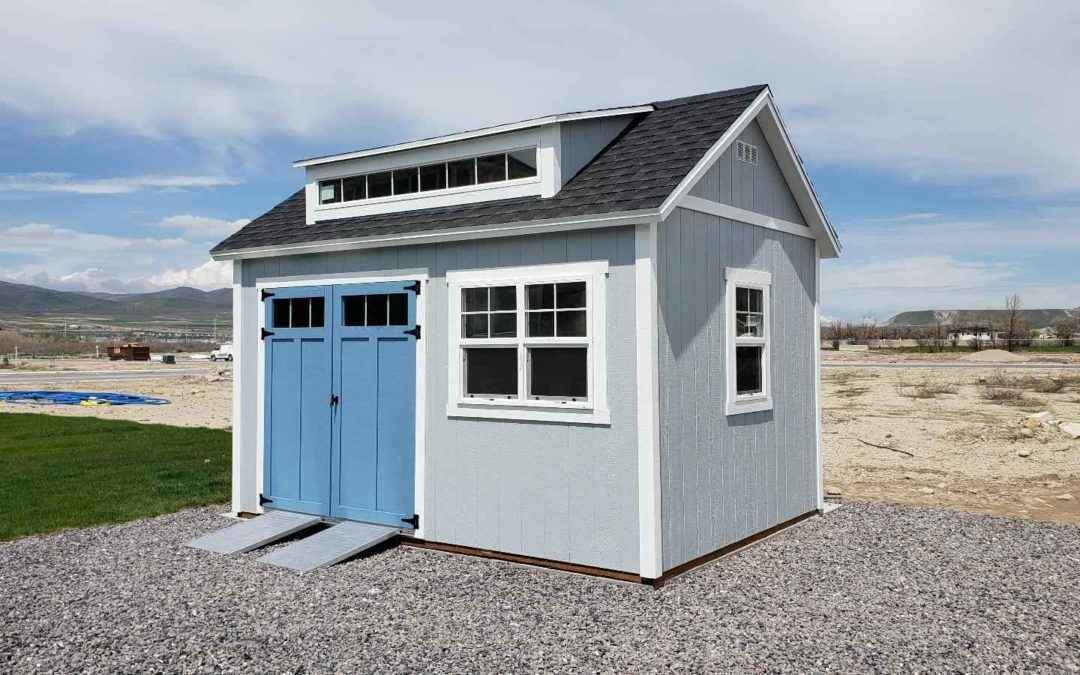Having a backyard shed brings a lot of advantages. First, you get to have extra massive storage for your gardening tools and other household equipment. You can also use this as a workshop area for your woodwork or craft activities. Another reason why people like to have a shed is to have a place where they can store household chemicals and pest repellants away from their kids or pets at home.
Having a shed helps keep your backyard looking clean and organized, giving you more space for other things that you would like to do, perhaps, gardening. A shed also gives your property additional aesthetic and monetary value.
If you are one of those persons who has always wanted to build ashed in their backyard, here are what you should do to make sure that it is in a good location:
1. Secure your zoning permit
Before anything else, make sure that you have a permit that allows you to build a shed on your property. Each city and state have different regulations on different structures, so make sure to check with your local government. Some of this information is available on their websites. If not, you can call their office to get the information you need.
Some areas do not require a permit for small-sized sheds. Larger sheds need to have a zoning permit as they may affect local zoning requirements.
2. Contact your state’s Dig Safe department
Dig Safe inspects your property to markdown areas that have existing underground utility lines. This is to ensure that you will not damage any utility lines when digging up for the foundation of your shed. They also advise you with the proper clearance that you should allot away or close from utility lines. Make sure to mark out the area where you plan to build before they even arrive.
3. Consult a property surveyor
To make sure that you are building a shed within your property, and avoid breaking zoning requirements, consult a property surveyor. They will tell you until to which you are allowed to build. However, you should always make room for setbacks. Distance your shed 10 to 15 feet away from your property line. For clearer instruction, check with your local building department.
4. Find the most level ground in your land
When building a shed, always make sure that it is on level ground. Doing this will help ease and lessen your excavation and land grading work. Avoid areas that are prone to collecting water, as this will make your ground soft and unsteady.
To test the level of the ground, place a two-by-four beam on its surface area. If it lays flat on the ground, it means that it is level. If you are unsure or you don’t trust your judgment, consult your property surveyor.
5. Assess accessibility
It is also essential that you consider accessibility when choosing a location for your shed. Identify what items you will store in the shed and where you want its door to face.
If you are building a shed to store your gardening equipment, then face it towards your garden to make it more accessible. In case you plan on storing your car tools and equipment in the shed, face it towards your driveway. The trick with this is to identify the purpose of your shed.
Conclusion
Building a shed can be a good addition and a wise investment in your house. Like any other structural facility, building a shed also requires you to follow specific guidelines and requirements. You should familiarize yourself with your local zoning codes and guidelines to avoid violations. When choosing a site, you must take accessibility and convenience into consideration.
Looking for a custom shed? Get in touch with us today to see how we can help! We have a wide range of solutions available.

